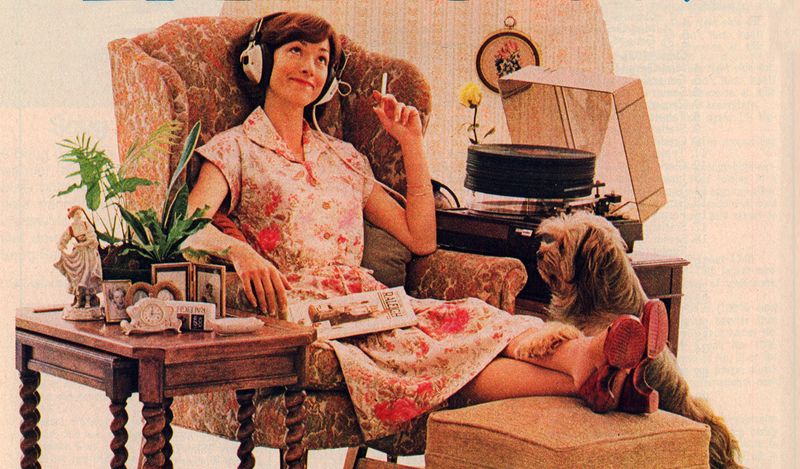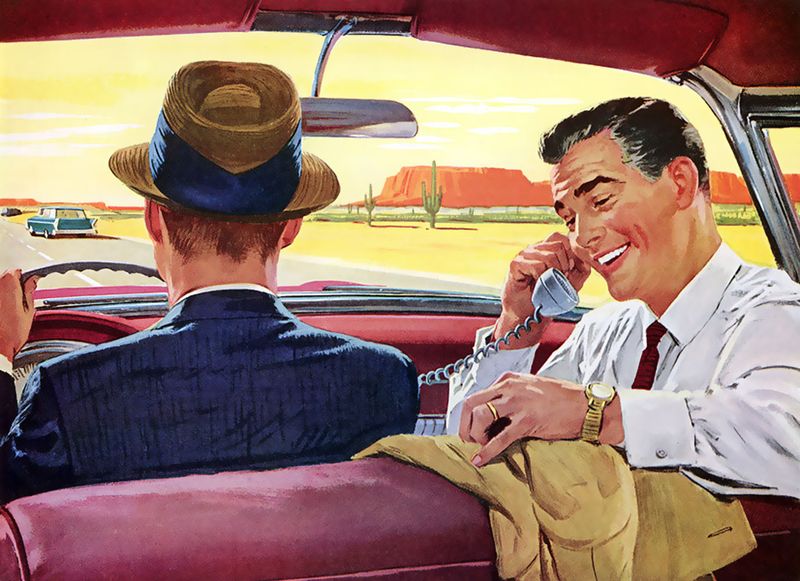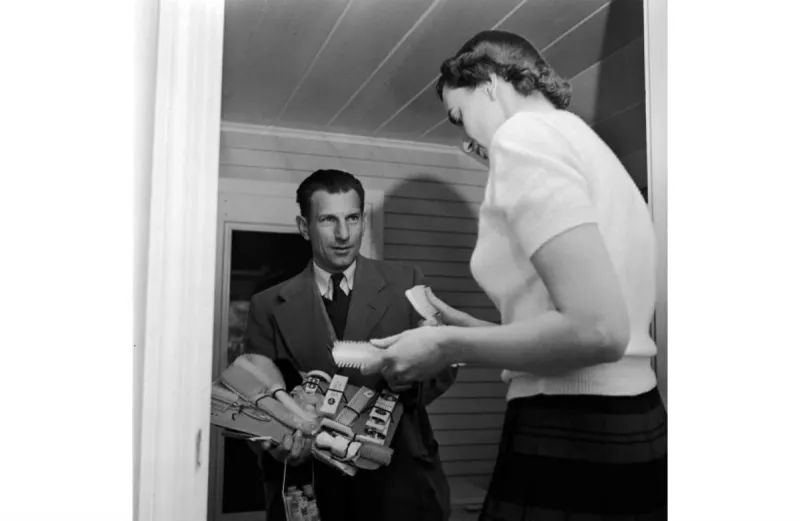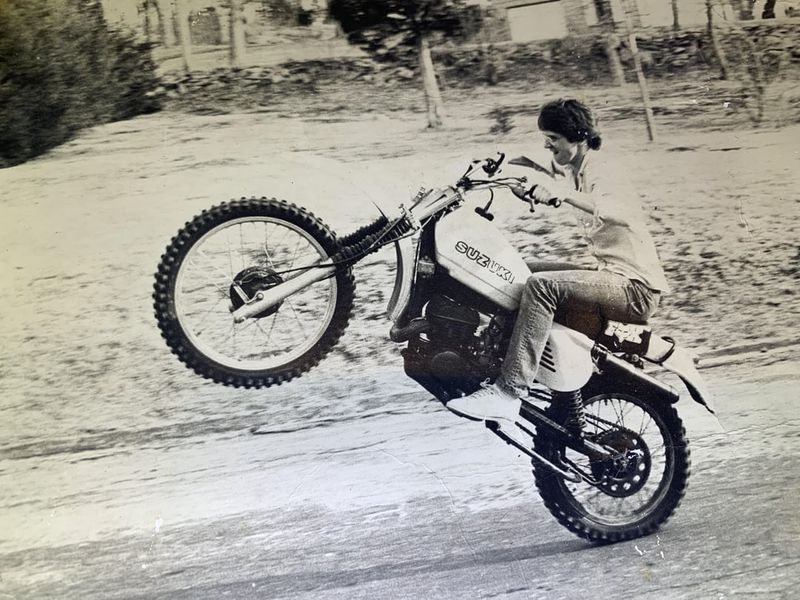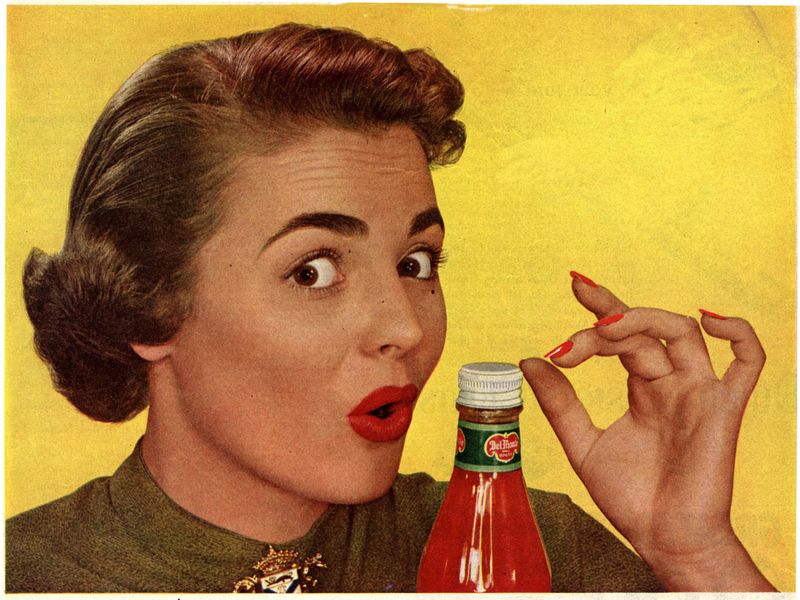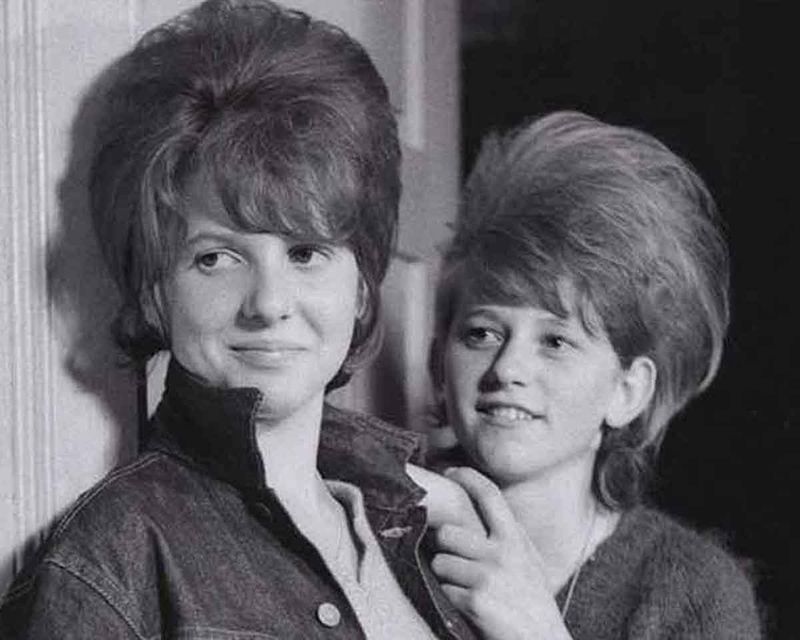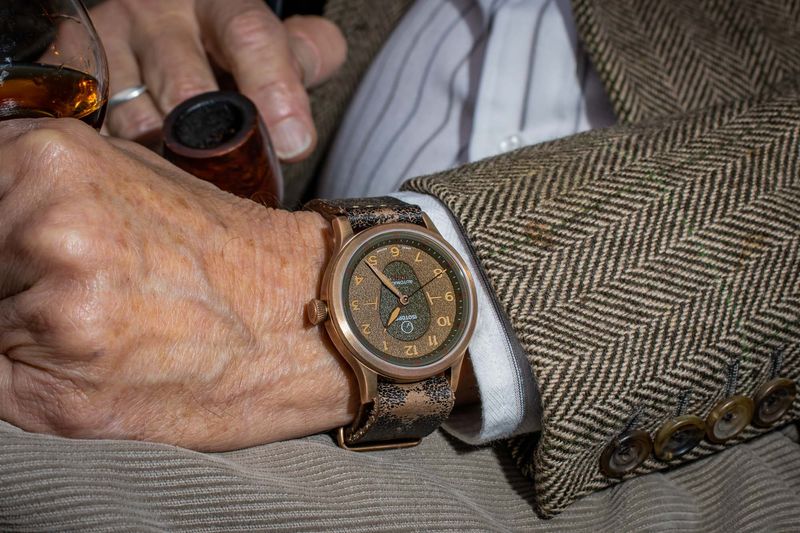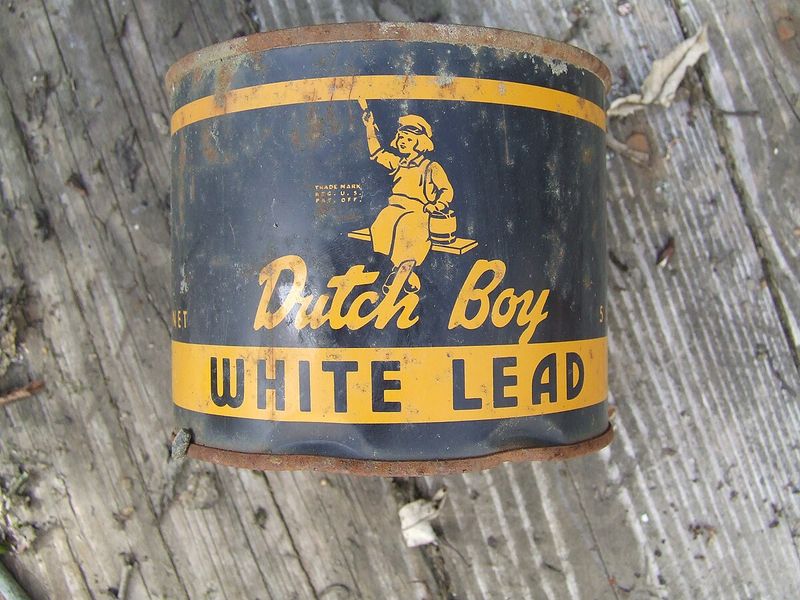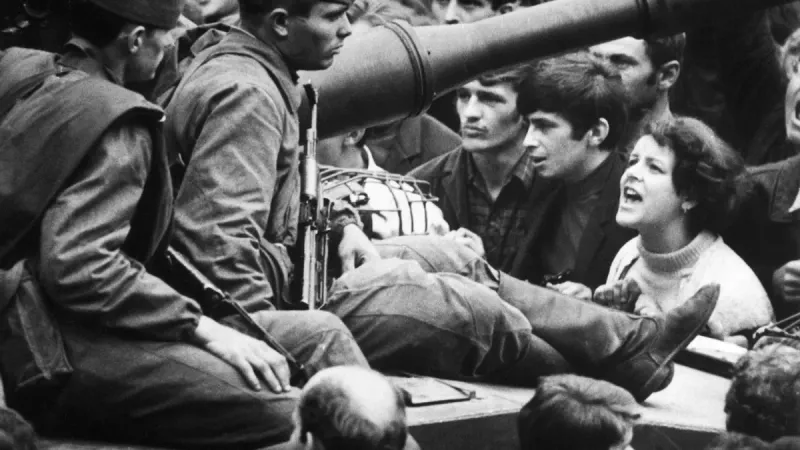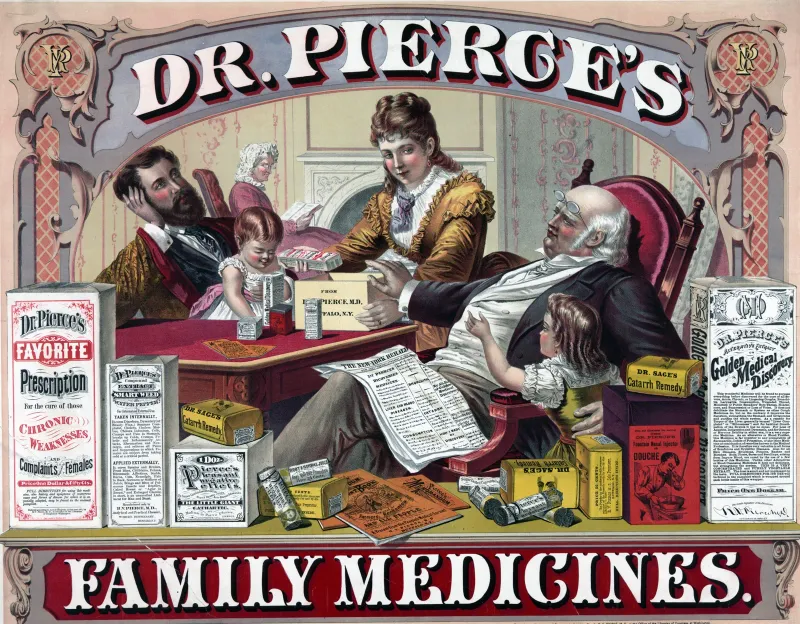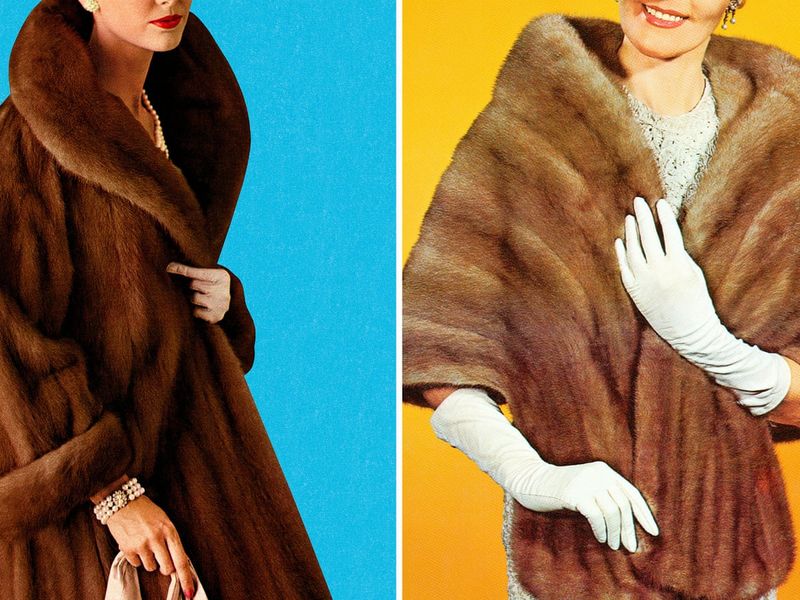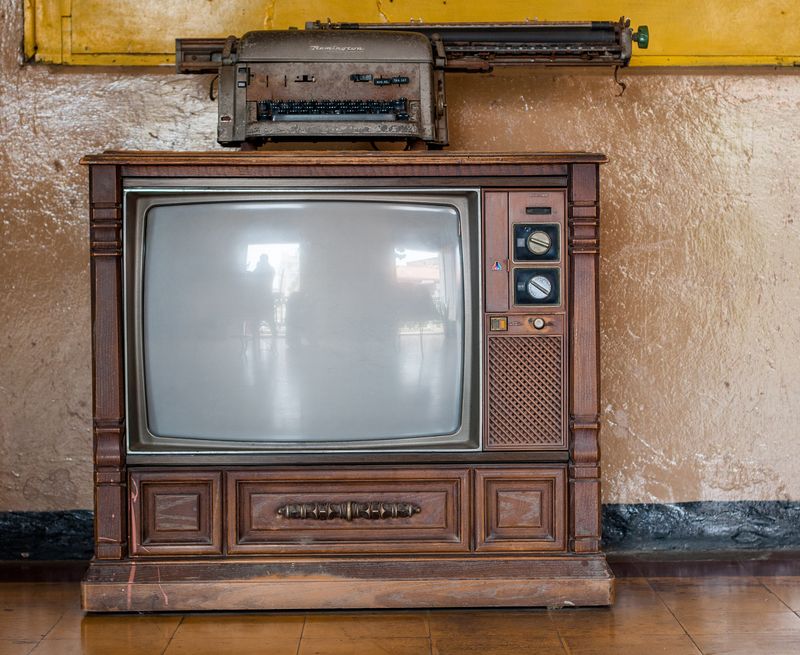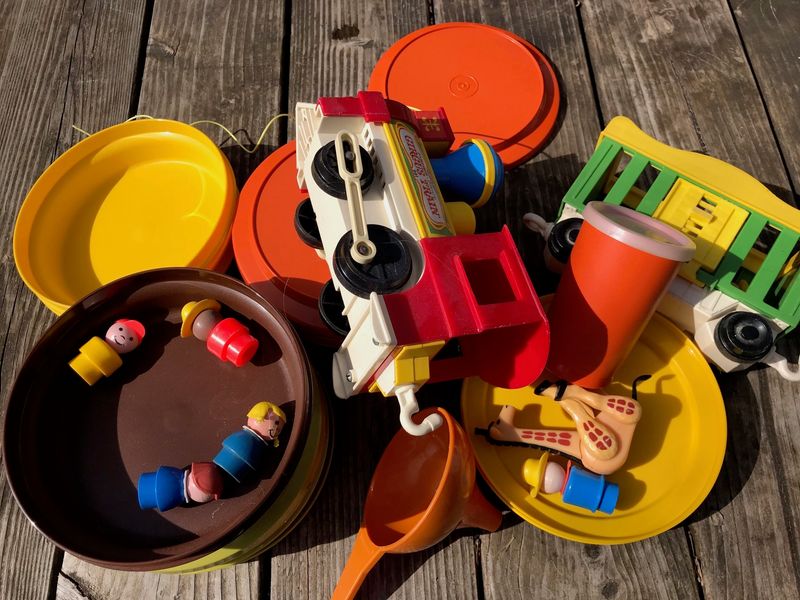15 Things That Were Totally Fine In The 60s But Feel Questionable Today
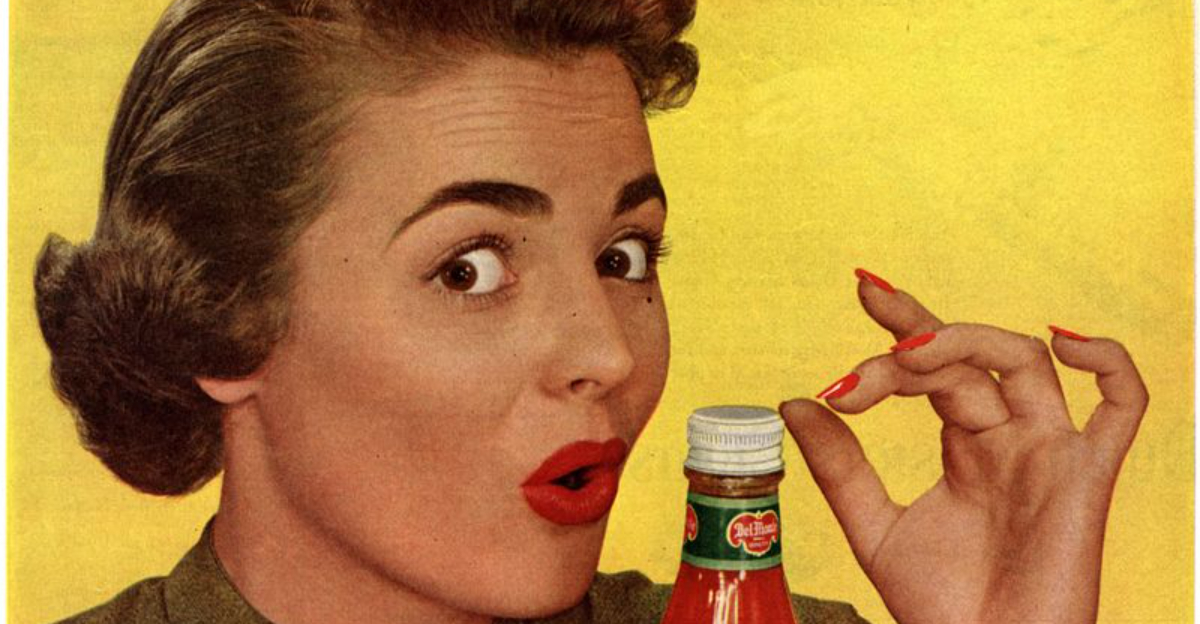
The 1960s were a decade of bold change and cultural revolution, marked by groundbreaking movements, countercultures, and shifting norms. Amid the liberation, however, there were everyday practices and trends that would seem baffling or amusing by today’s standards.
What was once normal now feels like a curious relic of a rapidly evolving era.
Take fashion, for instance—plastic dresses and go-go boots were all the rage, while women teased their hair into towering beehives. Food trends were equally puzzling, with gelatin-based “salads” reigning supreme at dinner parties. Smoking was common everywhere, even during pregnancy, and seat belts in cars were considered optional luxuries
Reflecting on these 15 peculiar practices, we see a humorous, if eye-opening, window into a decade that blended progress with perplexing norms.
1. Smoking Everywhere
Back in the 60s, smoking wasn’t just accepted; it was expected. Offices, airplanes, and even hospitals were filled with clouds of smoke. This wasn’t just a habit; it was a lifestyle. The idea of a smoke-free environment was as foreign as texting a friend from a flip phone.
Today, the thought of lighting up a cigarette inside an airplane seems outrageous. But in the 60s, it was as normal as ordering a coffee. How times have changed!
2. Unseatbelted Adventures
The 60s were a time when seatbelts were more of a suggestion than a requirement. Families would pile into cars, with kids bouncing around like popcorn in a pan.
Safety was more about holding on tight, and less about buckling up. Can you imagine the road trip tunes competing with the sound of children giggling freely in the back seat?
Today, not wearing a seatbelt might result in a ticket and a stern lecture from anyone over the age of five.
3. Door-to-Door Salesmen
Door-to-door salesmen were the original online shopping of the 60s. Imagine the thrill of a stranger on your doorstep, offering everything from encyclopedias to vacuum cleaners.
It was like unboxing videos, but live and in person. Inviting a stranger into your home to demonstrate products might seem strange today.
But back then, it was a regular Tuesday. Now, we prefer browsing Amazon in pajamas, without the pressure of an enthusiastic salesperson in our living room.
4. No Helmets Needed
Bicycle helmets? Those were as rare as smartphones in the 60s. Kids would zoom around neighborhoods, hair blowing in the wind, without a helmet in sight.
The freedom was exhilarating, as was the occasional scraped knee. In today’s world, helmets are as essential as the bike itself, and safety is the name of the game.
Perhaps it’s a sign of the times, or maybe we’ve just become more aware of the bumps along the way.
5. Gendered Job Ads
In the job market of the 60s, gender equality was a concept still waiting to bloom. Job ads were blatantly gendered, with specific roles “for men” or “for women.”
This segregation seemed as natural as color TV becoming a household staple. Flash forward to today, and such ads would trigger a social media storm.
Equality has come a long way, and while we’ve still got miles to go, gender-exclusive job ads are a relic of the past.
6. Casual Littering
Littering in the 60s was as casual as enjoying a Sunday drive. Tossing trash on the ground wasn’t seen as harmful, but rather a convenient way to clean up.
Parks and sidewalks were often sprinkled with discarded wrappers and soda cans. Today, such behavior might earn you a glare and a hefty fine.
Environmental awareness has grown, and our planet is thankful for the change in attitude. We’ve learned to love our Earth a little more.
7. The Beehive Hairdo
The beehive hairdo, towering like a skyscraper, was the crown jewel of 60s fashion. Women spent hours perfecting this voluminous style, defying gravity and sometimes common sense.
The bigger, the better, and hairspray was the secret ingredient. Today, such a hairstyle might seem over-the-top, but back then, it was the epitome of glamour.
While hairstyles have evolved, the beehive remains a cherished memory of a bold fashion era.
8. Radium Watches
Radium watches, with their glowing hands, were a marvel of 60s technology. Little did people know, the radium paint was more dangerous than delightful.
The eerie glow was a status symbol, and wearing one felt like having a piece of the future on your wrist. Fast forward to now, and safety concerns have replaced the allure of radioactive watches.
We’ve learned to tell time without risking our health, but those glowing dials still intrigue history buffs.
9. Lead-based Paints
Lead-based paints added vibrant colors to the 60s home decor. Families would paint without a care, unaware of the toxic dangers lurking in those cheerful hues.
It was the era of bold colors and bolder risks. Nowadays, the very mention of lead paint is enough to send shivers down a homeowner’s spine.
We’ve traded vibrant walls for safety, proving that sometimes, less is more when it comes to health hazards.
10. The Cold War Mentality
The Cold War loomed large over the 60s, shaping a mindset filled with both fear and resilience. Duck-and-cover drills were commonplace, teaching children to hide under desks at school.
The era was marked by bomb shelters and air raid sirens, as uncertainty filled the air. Flash forward to today, and such practices feel like relics from a tense time.
Yet, they remind us of the resilience and hope that defined a generation standing on the brink.
11. Prescription Drug Promotions
The 60s were an age when doctors would appear in advertisements promoting prescription drugs, endorsing them with a smile. These promotions seemed as trustworthy as a family doctor’s advice.
Today, such endorsements would raise ethical eyebrows and possibly lead to legal inquiries. The medical field has taken strides towards transparency and patient education.
What was once considered a friendly suggestion now feels like a bygone era of questionable medical ethics.
12. Animal Testing Fashion
Animal testing was a staple of the 60s beauty industry, with cosmetics being tested extensively on our furry friends. It was as routine as putting on lipstick or mascara.
Today, the ethical implications have led to a significant shift, with cruelty-free products becoming the norm. The beauty industry has embraced compassion, and our animal friends are all the happier.
The change reflects a growing awareness and appreciation for ethical practices in consumer products.
13. Asbestos Insulation
Asbestos was the miracle material of the 60s, hailed for its fire-resistant properties. It was woven into homes and buildings, providing a false sense of security.
The invisible danger lay hidden for decades, only to be discovered as a severe health risk later on. Now, we know that asbestos-free is the way to be.
The legacy of this once-beloved material serves as a cautionary tale of progress and its hidden costs.
14. Black-and-White Television
The black-and-white television was the heart of 60s entertainment, captivating audiences with its monochrome magic. Families gathered around these screens, mesmerized by shows beamed from a simpler world.
While today’s high-definition and color streaming services offer a vivid viewing experience, the nostalgia for black-and-white TV remains.
It’s a reminder of a time when technology was just starting to weave its way into everyday life, one grayscale pixel at a time.
15. Plastic Fantastic
Plastic was the fantastic material of the 60s, embraced for its convenience and versatility. From groceries to furniture, plastic found its way into every aspect of life.
The long-term environmental impact was yet to be realized, and recycling was an idea still in the making. Now, the shift towards sustainable materials reflects a growing awareness of our planet’s needs.
The legacy of plastic serves as a reminder that convenience often comes at a price.

